9 Secrets for Baking the Best Cake That Only Pastry Chefs Know
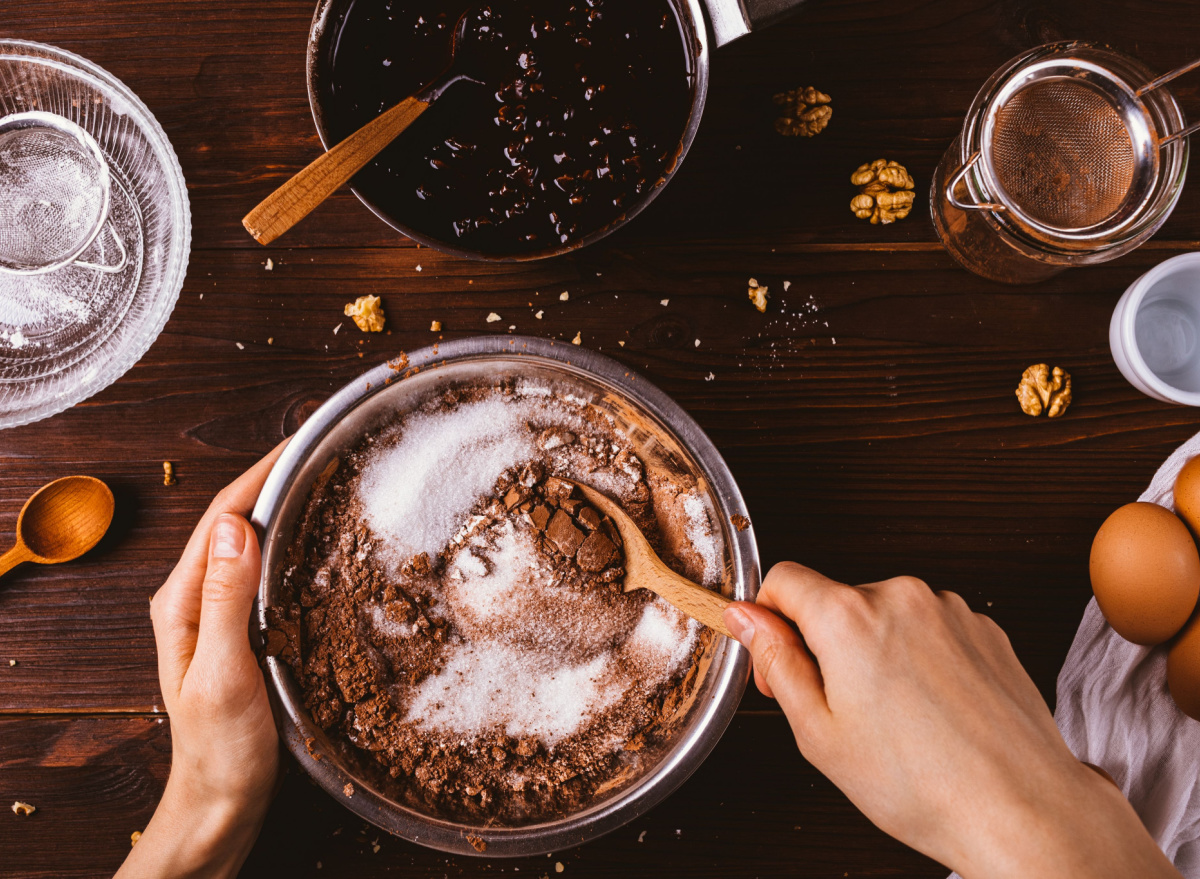
Whether it's for a birthday, a holiday, or just because you feel like eating a cake, there are plenty of reasons for baking a cake. But that doesn't always mean that it's going to turn out well. From cakes sticking to pans, to opening up the oven to find a dry, crumbly cake, to the decorations looking worse—way worse—than you intended, there's a whole host of things that can go wrong, as baking a homemade cake can really be a tricky process.
This isn't to discourage anyone, as there are ways that you can be better prepared to make the best cake ever. Maybe you're an expert home baker who's looking to give your cake the final touches that make it professional bakery quality, or you're a beginner looking for some tips to help you fix common baking problems, here are some of the best cake baking tips that only pastry chefs know. Read on, and for more, don't miss 9 Secrets for Baking the Best Cookies That Only Pastry Chefs Know.
Freeze your cake before you decorate it.
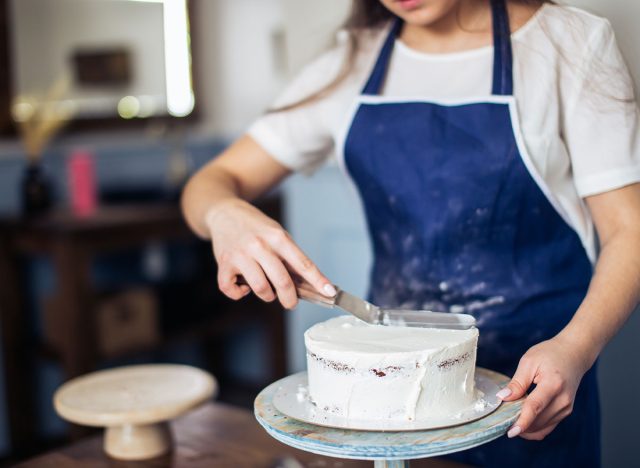
Baking a cake can be tricky enough—making sure you have the proper ingredients, the batter is mixed enough, it's baked for the perfect amount of time, and it's properly cooled—but decorating a cake is a whole other story. Not only does decorating require a baker's skill to ensure that the decorations work well with the cake, but it also needs an artistic touch, so the cake looks good, and that's where a lot of bakers can run into problems.
One of the worst mistakes you can make when baking a cake is putting the frosting and other decorations on when the cake is still hot. A way to be certain that your cake isn't too warm to decorate is by freezing it.
"Frozen cakes are much easier to decorate than ones at room temperature," says Carolyn Truett, a former pastry chef, cake decorator and founder of the cooking blog Caramel and Cashews. "If you want the cake to look professionally done, freeze the layers before you assemble them. The crumbs won't be so loose and get in the frosting as you spread it."
Line your pans with parchment paper.
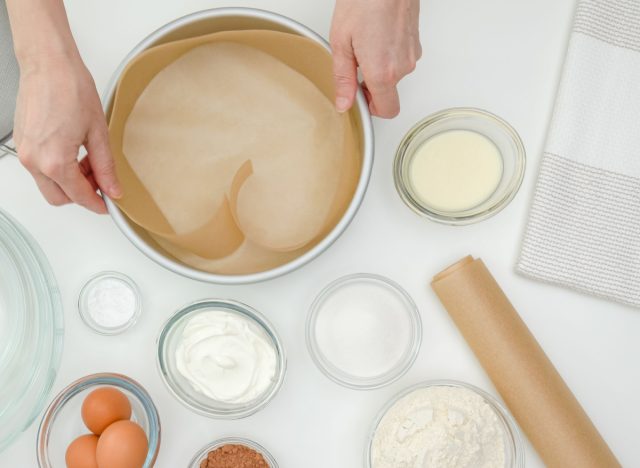
There's nothing worse than baking a perfect, delicious cake, only to not have it come out of the pan. Don't count on butter or cooking spray to help your cake ease its way out of its cooking vessel, just use parchment paper instead so there's no doubt that the cake will emerge cleanly. While it's sometimes a pain to cut parchment paper to fit perfectly in the pan, that whole process can be avoided by buying round parchment paper in advance.
"You can buy parchment rounds in different sizes, so you don't have to cut them out individually," Truett says. "Doing so ensures the cakes come out of the pan effortlessly."
Get to know your oven's hot spots.
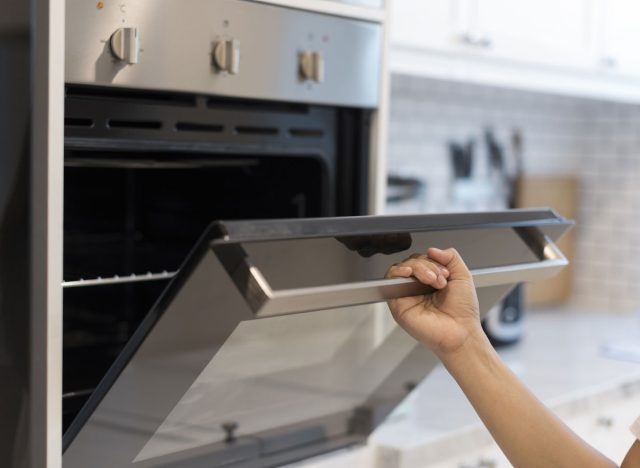
Comparing a home baker's work to a professional baker's is unfair on a few levels. Yes, professional bakers obviously have more education, training, and experience baking beautiful cakes and other baked goods, so there's a fair chance that their products will turn out far better than an amateur baker's.
But they're also using better ovens, which makes a big difference. Many professional bakers use commercial ovens, which promote more even baking. Home ovens don't bake as evenly, and many residential ovens have hot spots where they get warmer, and stay warmer faster.
"A quick way to find your oven's hot spots is to lay slices of inexpensive bread side by side and front to back, covering the entire rack," says pastry chef Maria Short, the owner of Short n Sweet Bakery & Cafe. "Then turn on your oven light and then turn your oven on. Watch where the bread starts to brown first, those are your hot spots. Typically, the back of ovens are hotter than the front."
Reverse cream your ingredients.
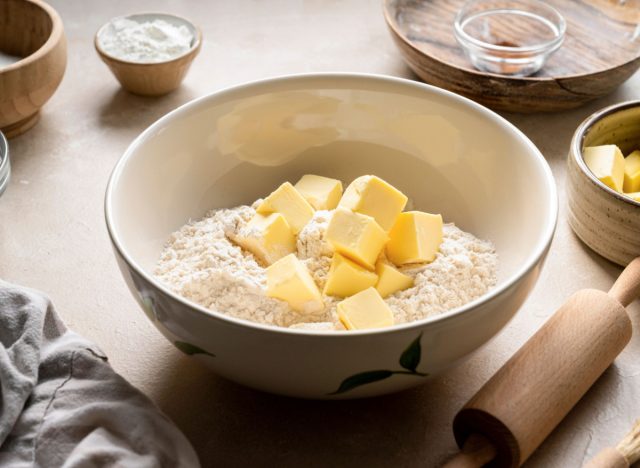
Typically in baking, a recipe will call for butter to be creamed, which means that room-temperature butter will be mixed together with sugar until it's well-blended and that typically forms a base to which other ingredients are added.
To make a better cake, you should reverse this step, according to Short, who recommends reverse creaming, or creaming the room temperature butter together with flour instead of sugar.
"By coating the flour with butter you are ensuring that gluten development is kept to a minimum," Short says, which will lead to the cake becoming less bread-like.
Set your mise en place.
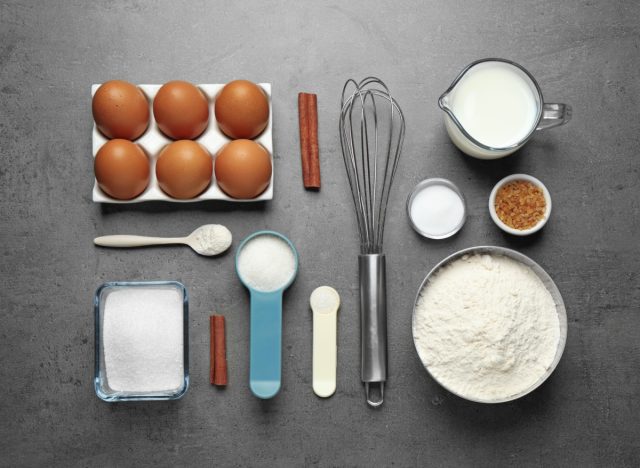
One of the most important steps in baking or cooking something takes place before any food even starts to be baked or cooked—it's preparing a mise en place, a French term for setting out all ingredients and preparing everything so when it comes time to actually put the food together, it's seamless and easy.
"Mise en place means everything in its place and keeps bakers from forgetting to add an ingredient or adding an ingredient twice," Short says. "Baking, especially cakes, requires precision and mise en place ensures that happens."
Use oil instead of butter.
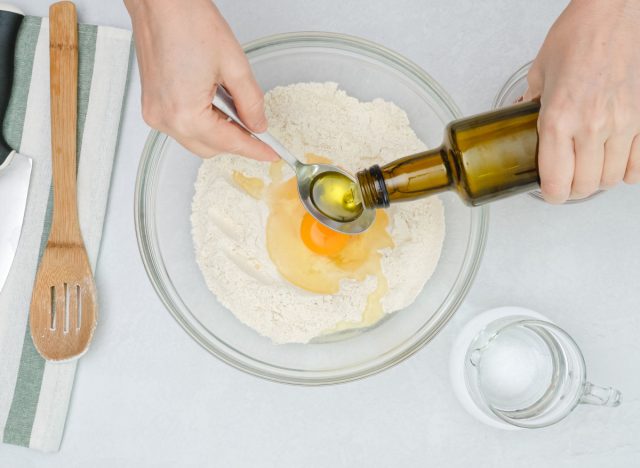
Butter is a crucial ingredient when baking, and it can be found in so many recipes, but oil works just as well as butter in many cases, and helps to retain more moisture in the cake, as oil is already liquid at room temperature. So when you're putting together a cake that doesn't get enhanced with the flavor of butter, like chocolate, try replacing it with oil for a more moist cake.
"If you cut back the butter by as little as a quarter and replace it with oil you will see a significant difference in moisture," says pastry chef Justin Ellen, of Everything Just Baked. "This is because oil remains liquid at room temperature, unlike butter. Now for something like vanilla cake we don't want to replace all of the butter with oil as the butter has that delicious flavor that we want. But if it's a chocolate cake, use all the oil. The cocoa powder will overpower the butter anyway."
Plastic wrap cakes to retain moisture.
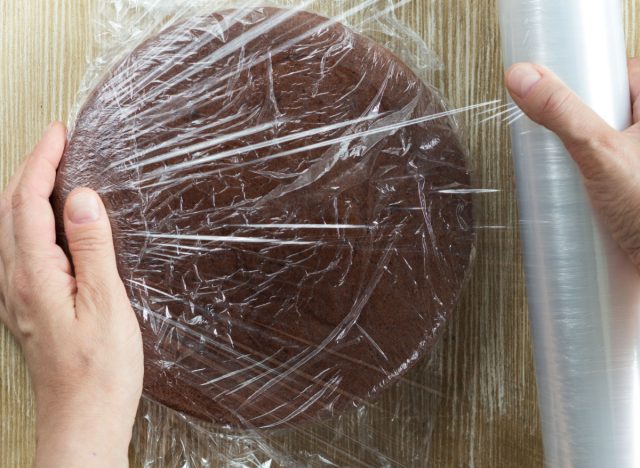
One key to having a really delicious cake is making sure that it's moist. Cakes can become dry through a number of different mistakes that can be made during the baking process, but there are a few ways to help add moisture back into cakes.
One of them is wrapping the finished cakes in plastic wrap not long after they've been taken out of the oven. Doing this helps to trap steam inside of the cake, instead of letting it evaporate, making the cake moister.
"Right after you bake your cakes you want to let them cool for about 10 minutes or until you can touch the pan," Ellen says. "Then you want to flip the cakes out of the pan and plastic wrap them. The steam coming off the cakes will be immediately trapped by the plastic wrap resulting in the steam going back inside the cake. No more dry cakes ever."
Do not overmix.
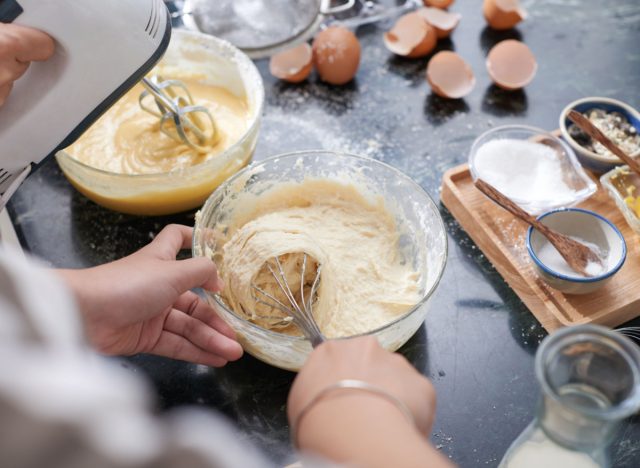
It's awful to bite into a finished cake and find that it wasn't mixed well enough and there's a pocket of dry flour still in there, so it can be tempting to keep mixing the batter until it's beyond perfectly smooth. Rather than resulting in a perfectly smooth cake, overmixing a batter can damage the end result, so while it's important to make sure that all of the ingredients are well incorporated into the batter, it's also important to not go crazy mixing it to the point where you end up with a crumbly, cracked, glutinous cake that resembles bread.
"The amount and size of air bubbles incorporated in the batter during the mixing process directly affect the volume and grain of a cake," says Eleonora Lahud, a corporate chef at C & H Sugar. "Overmixing a batter can result in an excessively fragile cake with a crumbly structure, also peaked tops and possible cracks."
Don't be gentle with it.
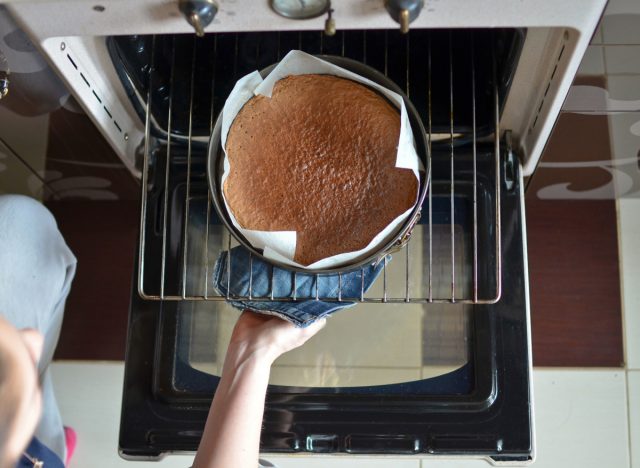
Baking a cake can oftentimes be intimidating, and amateur bakers tend to be gentle with their cakes, especially after they're done baking and while they're cooking, out of fear that they'll mess up the finished product. Lahud says that you shouldn't be gentle with your cake, though. Don't throw it across the room or anything, but tap on it, or lightly bounce it on a surface like your kitchen counter to help set the cake's crumb.
"Immediately after removing the cake from the oven, tap your cake or 'bounce' it on a surface," Lahud says. "This movement will set the crumb and prevent shrinkage."








